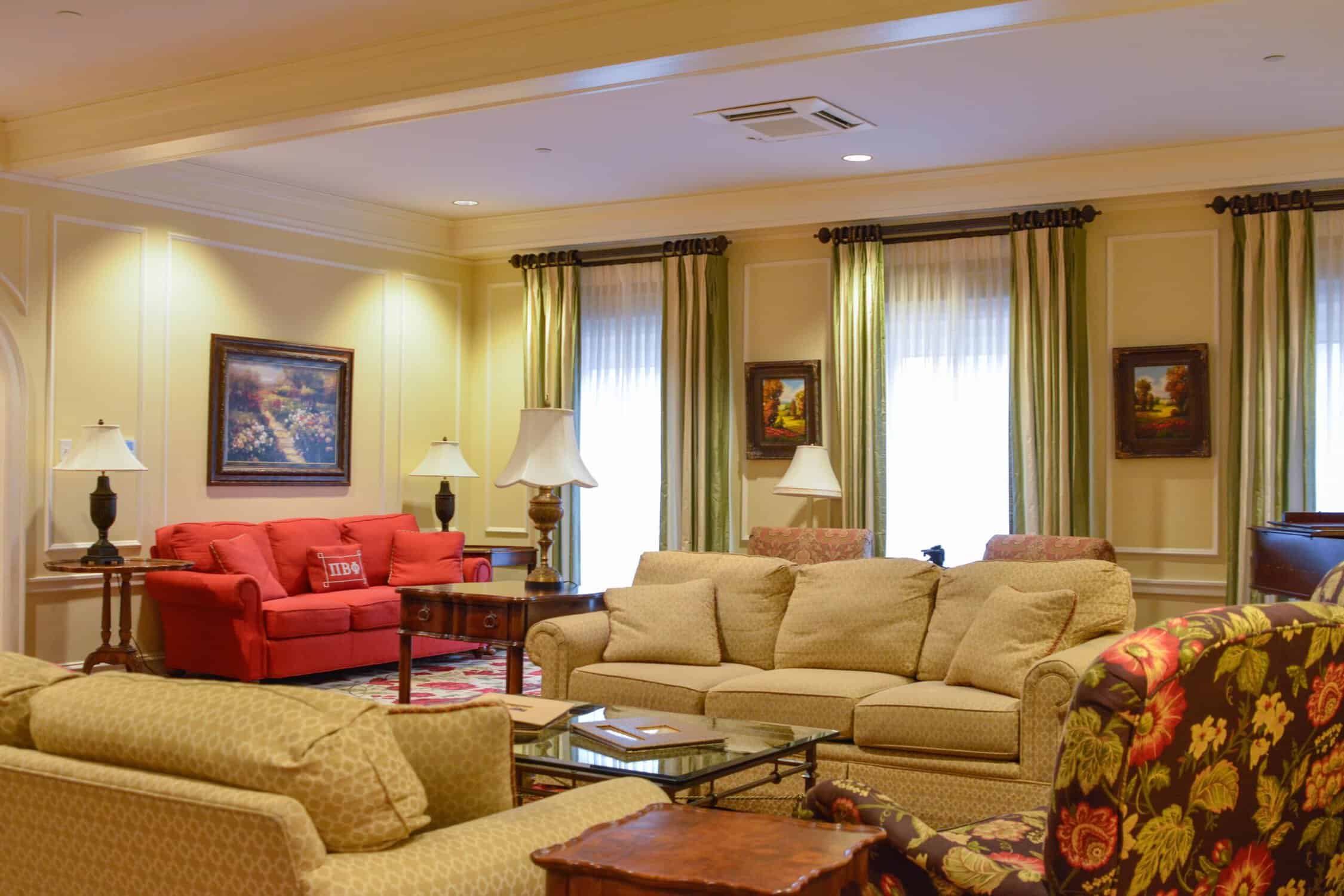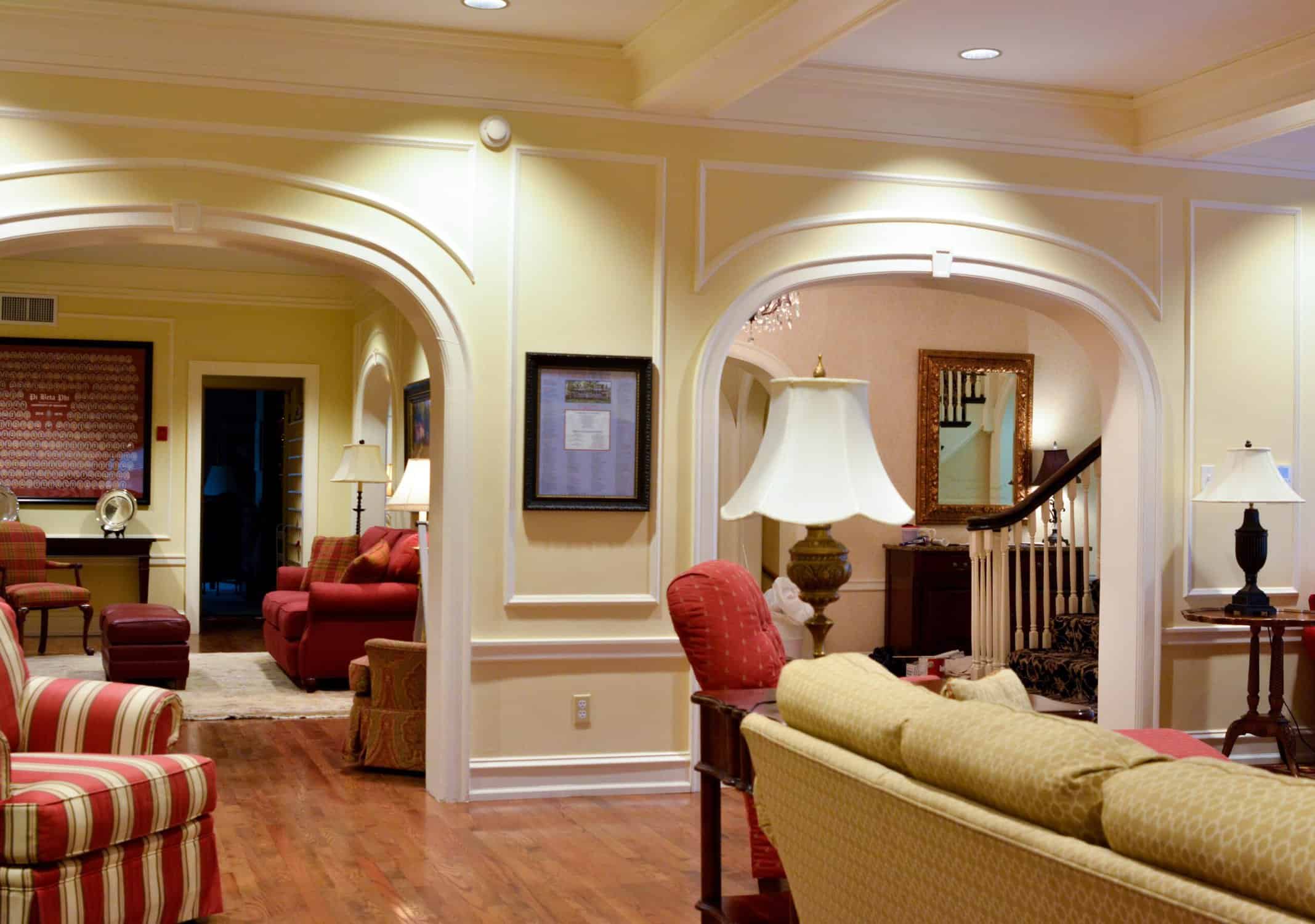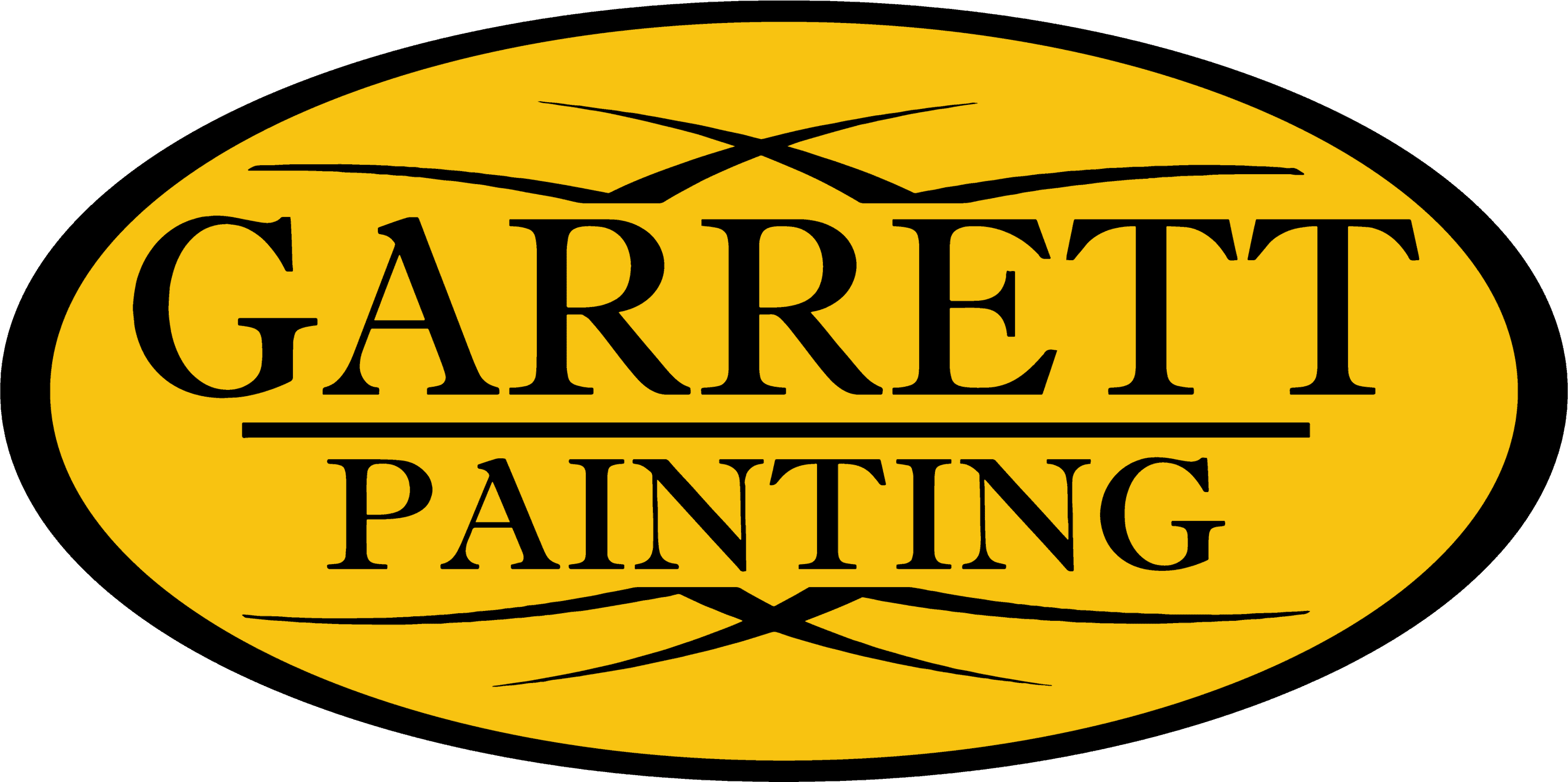Homeowners often ask, “Can I use exterior paint inside?” The answer is a firm no. It might seem like a budget-friendly shortcut, but it can lead to strong odors, peeling walls, health risks, and costly repairs down the line.
If you’re tackling interior house painting in Boonville, MO, you might be tempted to use leftover exterior paint for the job. It sounds practical—after all, it’s still paint, right? But before you pop that lid open, you should know that exterior paint is not meant for indoor use, and using it inside can lead to some serious headaches.
Let’s break down exactly why this is a bad idea and what you should do instead.
Key Takeaways
Can I Use Exterior Paint Inside: The Answers
1. Strong Odors and Harmful Fumes Linger for Weeks
One of the first things you’ll notice when using exterior paint indoors is the overwhelming smell. That’s because exterior paint is loaded with chemicals designed to help it stand up to rain, wind, and extreme temperatures. While that’s great for your home’s siding, it’s not something you want trapped inside your living room.
Exterior paints contain high levels of volatile organic compounds (VOCs), which release toxic fumes into the air. These fumes can cause headaches, dizziness, respiratory issues, and long-term health risks. If you have kids or pets in the house, this can be even more concerning.
Unlike interior house painting, which uses paints formulated for low odor and safe indoor air quality, exterior paints continue off-gassing for weeks—or even months—after they’ve dried. This makes your home uncomfortable and unsafe to live in.
2. Poor Adhesion Leads to Peeling and Chipping
A professional house painter knows that surface adhesion is a key factor in how well paint holds up over time. Exterior paint is designed to bond to brick, wood, and stucco, not drywall or plaster. When used indoors, it often fails to properly adhere, leading to peeling, cracking, and flaking—especially in high-traffic areas.
Imagine spending all that time painting your walls only to see it start bubbling or peeling within months. Not only does this look bad, but it also means you’ll have to scrape, sand, and repaint sooner than expected.

3. Sticky, Tacky Finish That Never Fully Cures
Unlike interior house painting, where paint is formulated to dry hard and smooth, exterior paint remains slightly flexible to expand and contract with outdoor weather changes. This might work well for your home’s siding, but indoors, it results in a sticky or tacky finish that never fully sets.
Have you ever leaned against a wall, only to find that your sleeve sticks to the surface? That’s exactly what happens when exterior paint is used inside. Worse yet, it tends to attract dust, fingerprints, and smudges, making it difficult to clean.
4. Higher Risk of Mold and Mildew Growth Indoors
Many exterior paints are designed to resist rain and humidity, which might sound like a good thing. But indoors, this moisture-resistant formula can trap condensation inside your walls.
Rooms with high humidity—like bathrooms, kitchens, and basements—are especially at risk. Instead of allowing walls to breathe, exterior paint can trap moisture, creating the perfect conditions for mold and mildew growth.
A professional house painter would recommend interior paints that contain mildew-resistant additives while still allowing proper air circulation. This keeps your walls dry and helps prevent costly damage from mold over time.
5. Removing Exterior Paint Indoors is a Hassle
If you’ve already used exterior paint inside, you may be wondering how to fix it. Unfortunately, it’s not as simple as painting over it with the right product. Because exterior paint has a different chemical composition, it requires thorough sanding and priming before repainting.
If you skip this step, the new paint won’t adhere properly, leading to uneven coverage and peeling down the road. The best way to fix the problem is to hire a professional house painter who knows how to properly prepare the surface and apply the right materials for long-lasting results.

What Should You Use Instead?
If you’re planning interior house painting in Boonville, MO, your best bet is to stick with high-quality interior paint. Interior paints are designed for better adhesion, low odor, and a durable finish that holds up against daily wear and tear. Plus, they come in a variety of finishes and colors to suit your home’s style.
Some great alternatives include:
Need Help Fixing or Painting Your Interior? Garrett Painting Can Help!
If you’ve been asking yourself, “Can I use exterior paint inside?”, now you know why it’s best to avoid it. The risks far outweigh any short-term savings, and choosing the right interior paint will save you from headaches, health risks, and costly repairs down the road.
At Garrett Painting, our expert team knows what it takes to achieve a smooth, durable, and beautiful finish for your interior. Whether you need help fixing a past mistake or you’re ready for a fresh new look, our professional interior house painters can get the job done right.
We proudly serve Boonville, Columbia, Jefferson City, Ashland, MO, and the surrounding Missouri suburbs. Call us today at 573-533-4462 for a FREE estimate and let’s bring your walls to life with the right paint for the job!




